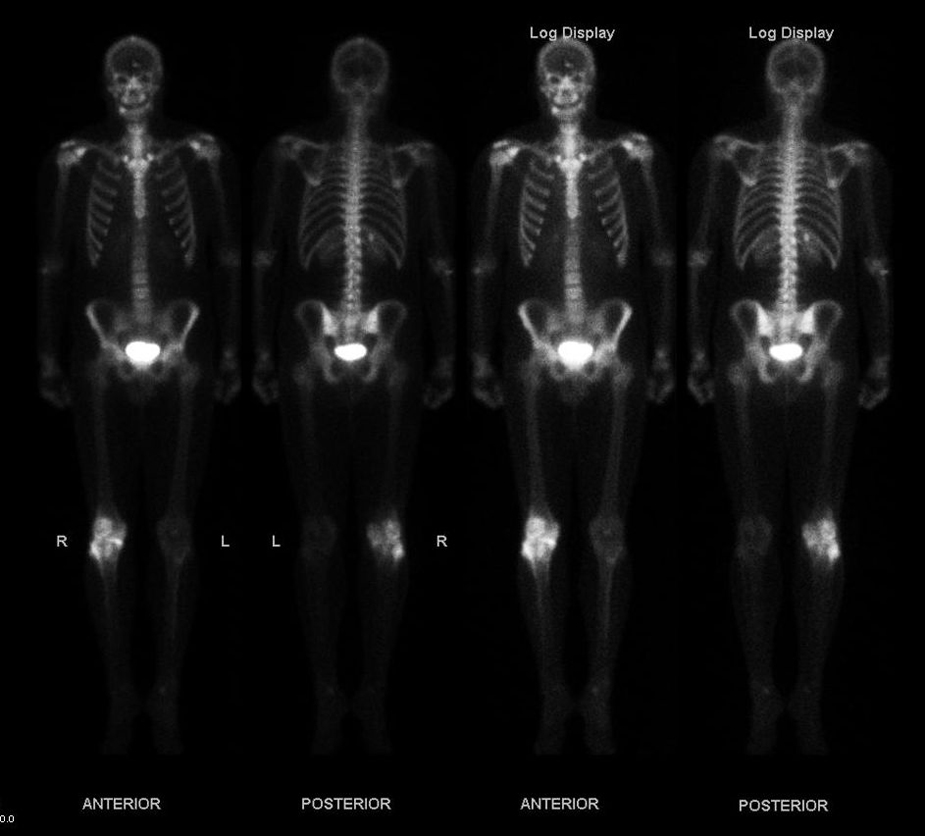| << Chapter < Page | Chapter >> Page > |
Conservation of energy and momentum often results in energy transfer to a less massive object in a collision. This was discussed in detail in Work, Energy, and Energy Resources , for example.
Different types of radiation have different ranges when compared at the same energy and in the same material. Alphas have the shortest range, betas penetrate farther, and gammas have the greatest range. This is directly related to charge and speed of the particle or type of radiation. At a given energy, each , , or will produce the same number of ionizations in a material (each ionization requires a certain amount of energy on average). The more readily the particle produces ionization, the more quickly it will lose its energy. The effect of charge is as follows: The has a charge of , the has a charge of , and the is uncharged. The electromagnetic force exerted by the is thus twice as strong as that exerted by the and it is more likely to produce ionization. Although chargeless, the does interact weakly because it is an electromagnetic wave, but it is less likely to produce ionization in any encounter. More quantitatively, the change in momentum given to a particle in the material is , where is the force the , , or exerts over a time . The smaller the charge, the smaller is and the smaller is the momentum (and energy) lost. Since the speed of alphas is about 5% to 10% of the speed of light, classical (non-relativistic) formulas apply.
The speed at which they travel is the other major factor affecting the range of s, s, and s. The faster they move, the less time they spend in the vicinity of an atom or a molecule, and the less likely they are to interact. Since s and s are particles with mass (helium nuclei and electrons, respectively), their energy is kinetic, given classically by . The mass of the particle is thousands of times less than that of the s, so that s must travel much faster than s to have the same energy. Since s move faster (most at relativistic speeds), they have less time to interact than s. Gamma rays are photons, which must travel at the speed of light. They are even less likely to interact than a , since they spend even less time near a given atom (and they have no charge). The range of s is thus greater than the range of s.
Alpha radiation from radioactive sources has a range much less than a millimeter of biological tissues, usually not enough to even penetrate the dead layers of our skin. On the other hand, the same radiation can penetrate a few centimeters of air, so mere distance from a source prevents radiation from reaching us. This makes radiation relatively safe for our body compared to and radiation. Typical radiation can penetrate a few millimeters of tissue or about a meter of air. Beta radiation is thus hazardous even when not ingested. The range of s in lead is about a millimeter, and so it is easy to store sources in lead radiation-proof containers. Gamma rays have a much greater range than either s or s. In fact, if a given thickness of material, like a lead brick, absorbs 90% of the s, then a second lead brick will only absorb 90% of what got through the first. Thus, s do not have a well-defined range; we can only cut down the amount that gets through. Typically, s can penetrate many meters of air, go right through our bodies, and are effectively shielded (that is, reduced in intensity to acceptable levels) by many centimeters of lead. One benefit of s is that they can be used as radioactive tracers (see [link] ).

Watch beta decay occur for a collection of nuclei or for an individual nucleus.

Suppose the range for ray is known to be 2.0 mm in a certain material. Does this mean that every a ray that strikes this material travels 2.0 mm, or does the range have an average value with some statistical fluctuations in the distances traveled? Explain.
What is the difference between rays and characteristic x rays? Is either necessarily more energetic than the other? Which can be the most energetic?
Ionizing radiation interacts with matter by scattering from electrons and nuclei in the substance. Based on the law of conservation of momentum and energy, explain why electrons tend to absorb more energy than nuclei in these interactions.
What characteristics of radioactivity show it to be nuclear in origin and not atomic?
What is the source of the energy emitted in radioactive decay? Identify an earlier conservation law, and describe how it was modified to take such processes into account.
Consider [link] . If an electric field is substituted for the magnetic field with positive charge instead of the north pole and negative charge instead of the south pole, in which directions will the , , and rays bend?
Explain how an particle can have a larger range in air than a particle with the same energy in lead.
Arrange the following according to their ability to act as radiation shields, with the best first and worst last. Explain your ordering in terms of how radiation loses its energy in matter.
(a) A solid material with low density composed of low-mass atoms.
(b) A gas composed of high-mass atoms.
(c) A gas composed of low-mass atoms.
(d) A solid with high density composed of high-mass atoms.
Often, when people have to work around radioactive materials spills, we see them wearing white coveralls (usually a plastic material). What types of radiation (if any) do you think these suits protect the worker from, and how?

Notification Switch
Would you like to follow the 'College physics' conversation and receive update notifications?